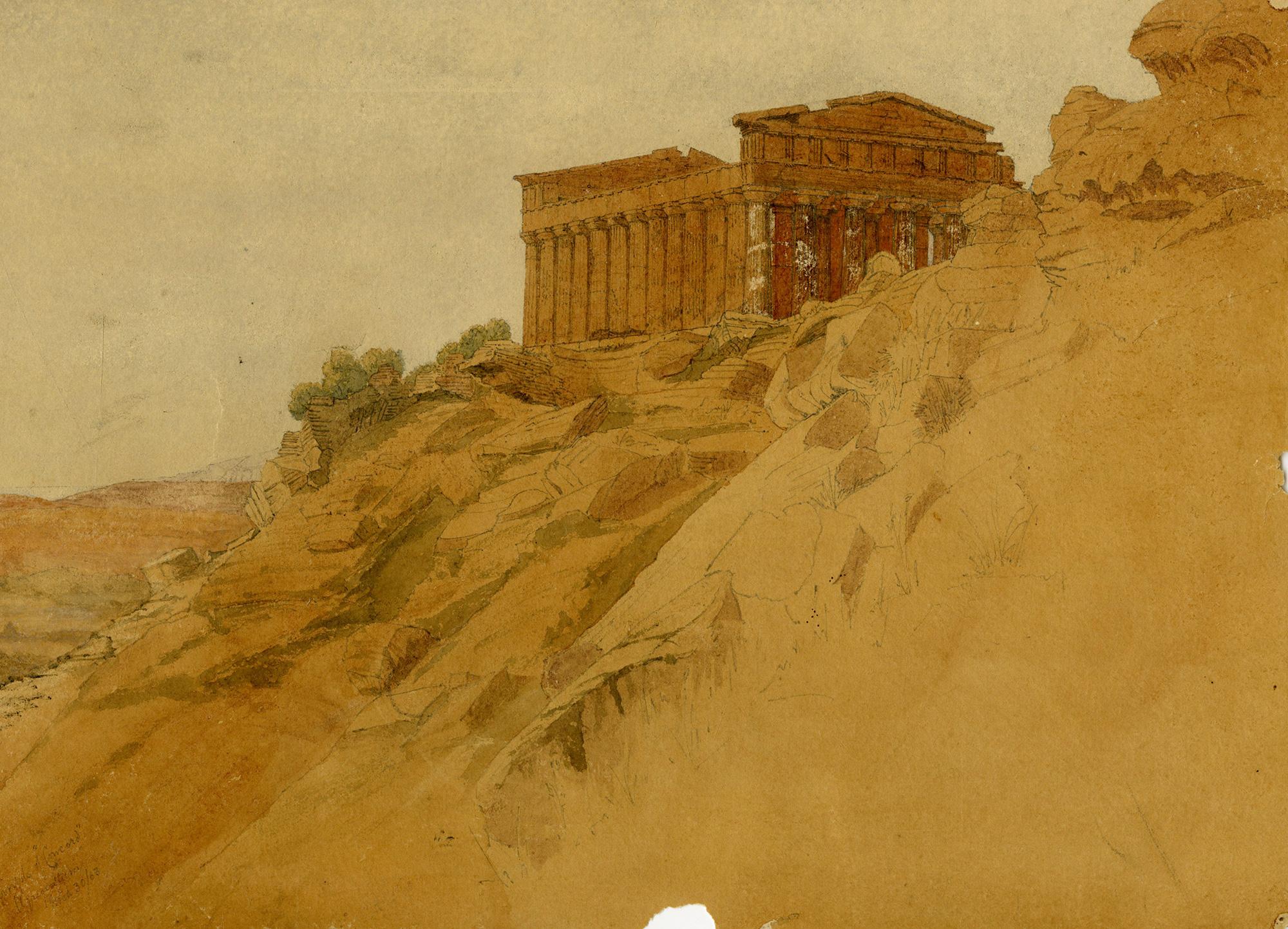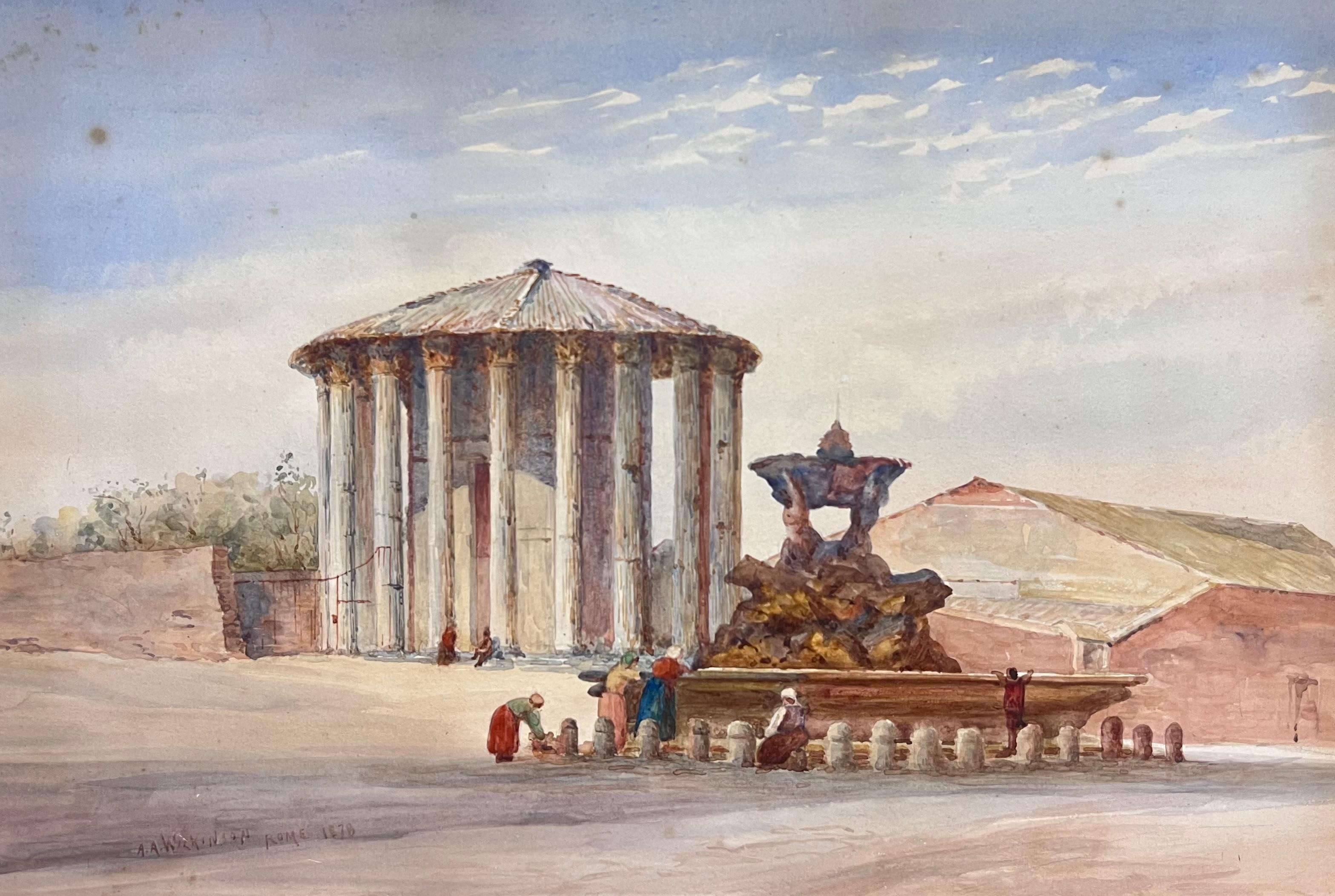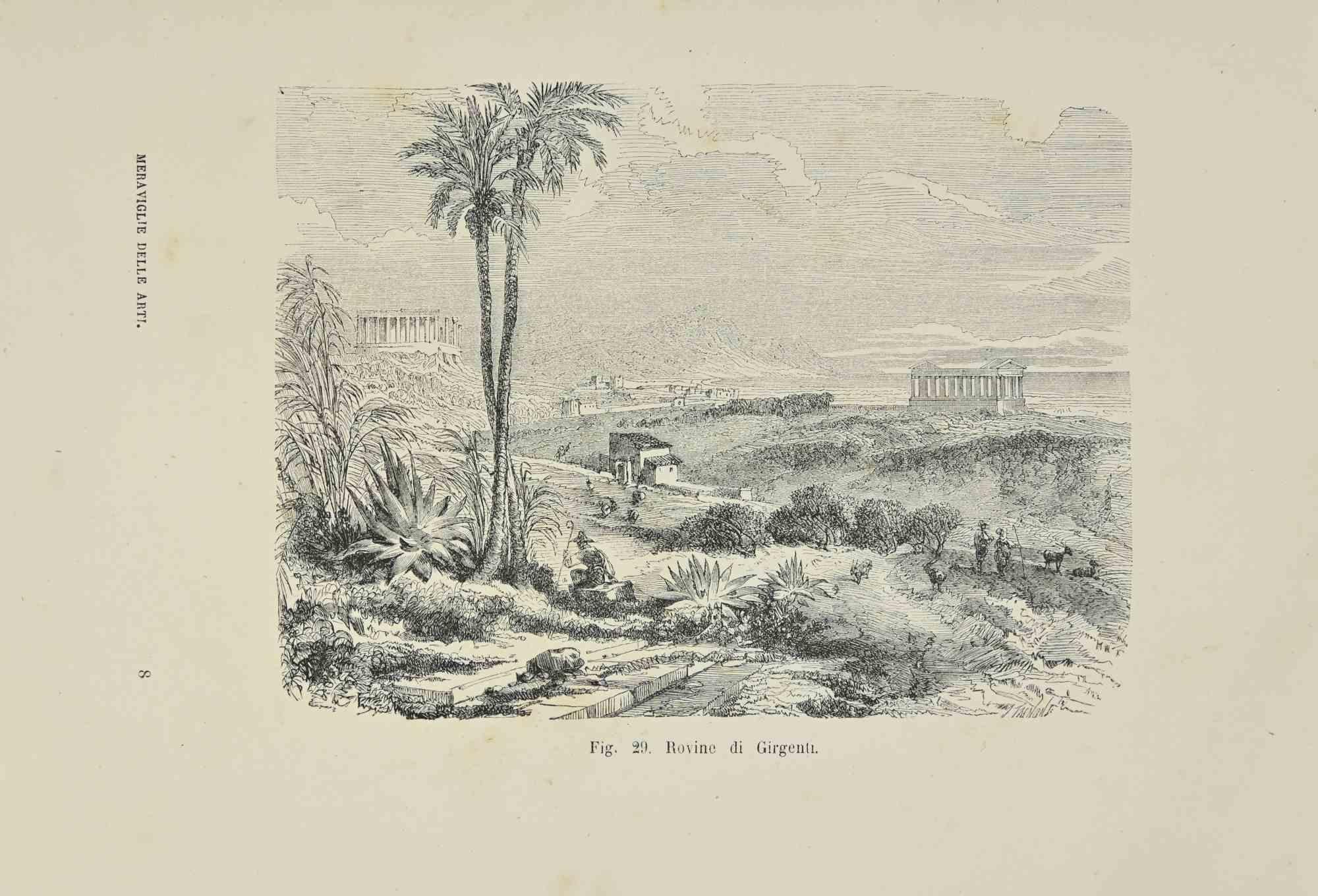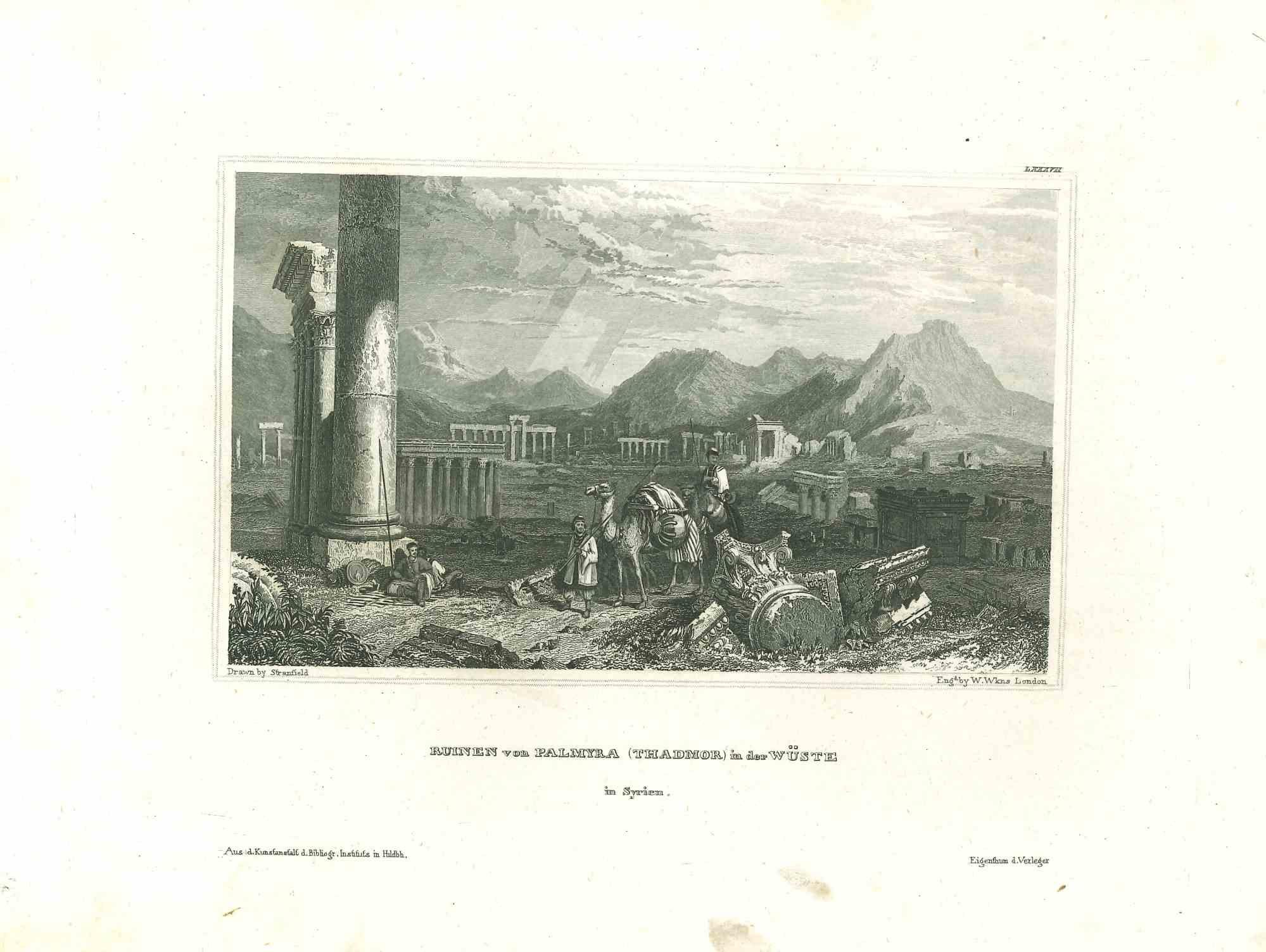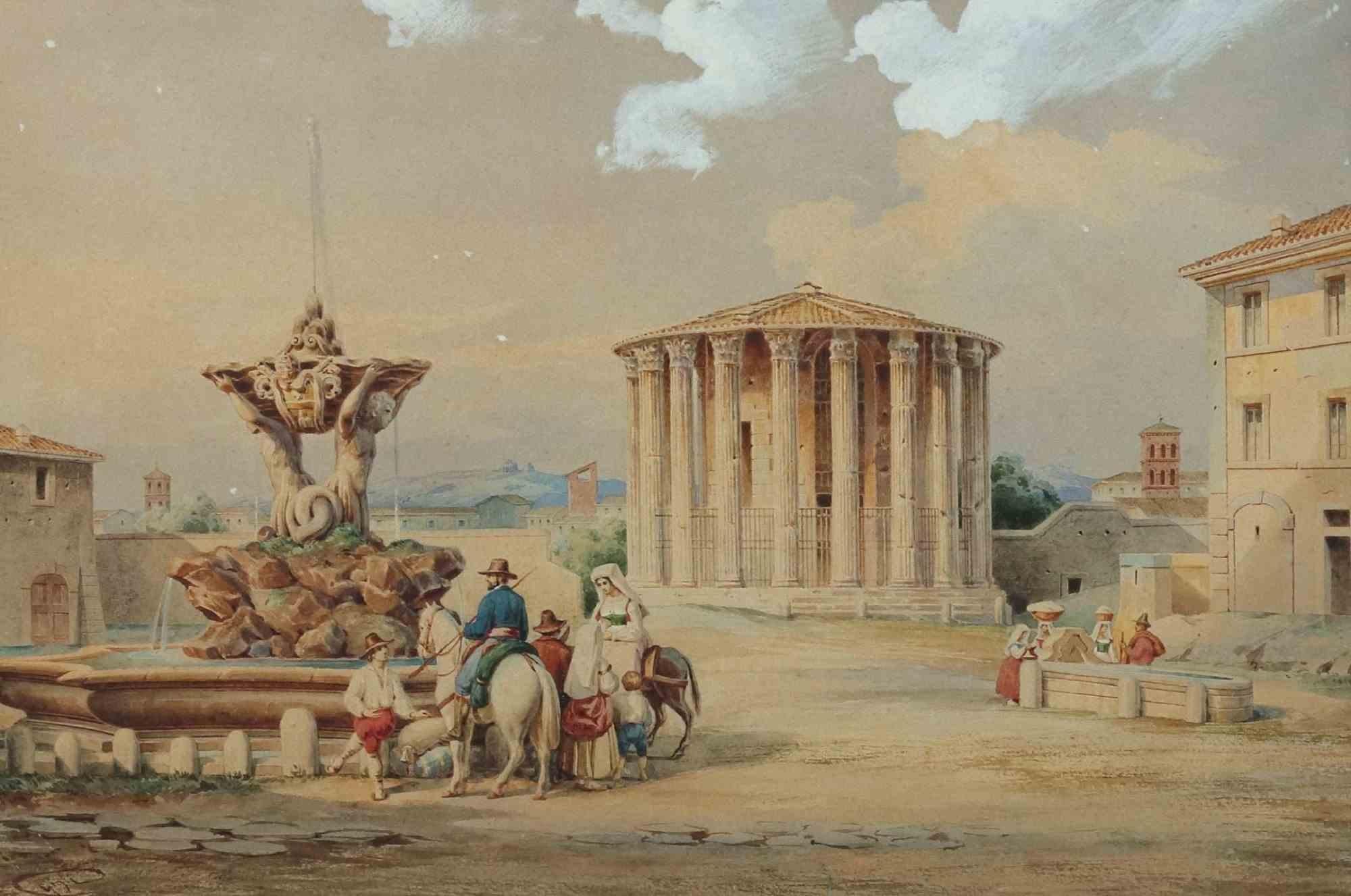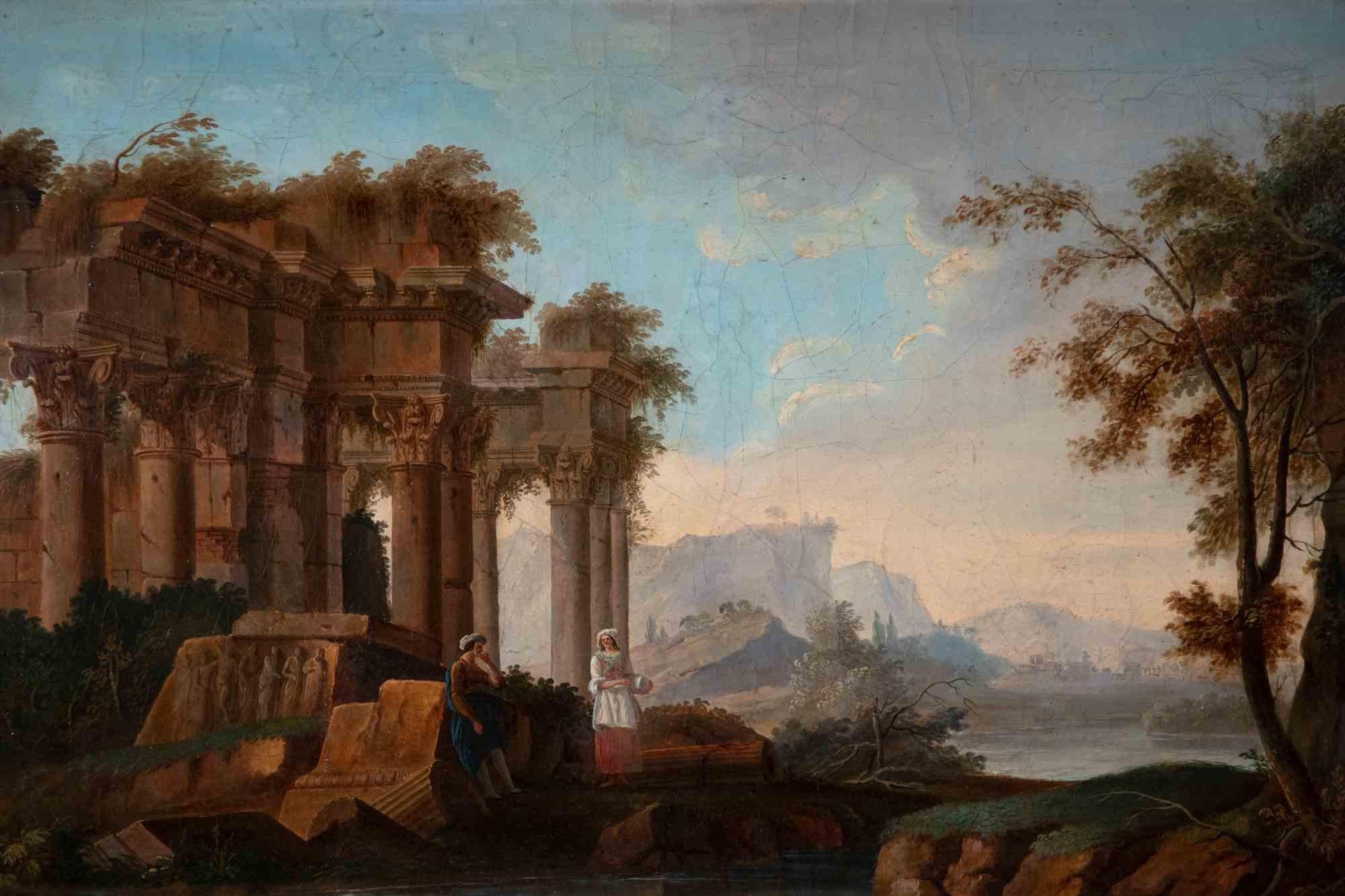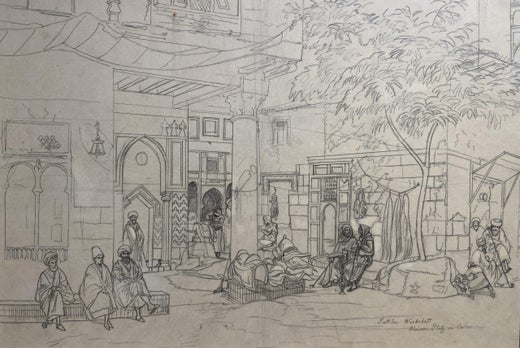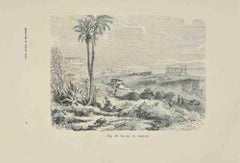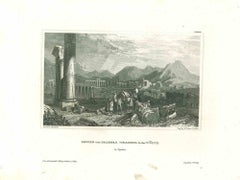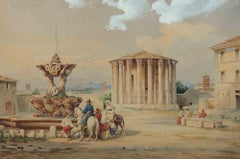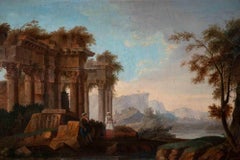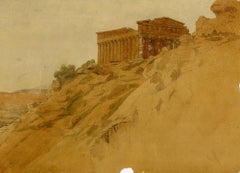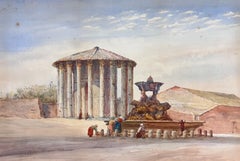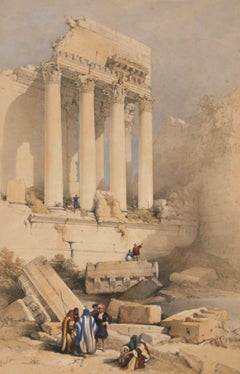Carl Friedrich Heinrich WernerRuins of the Ancient Aqueducts by Carl Friedrich Heinrich Werner - 18721872
1872
About the Item
- Creator:Carl Friedrich Heinrich Werner (1808 - 1894, German)
- Creation Year:1872
- Dimensions:Height: 10.63 in (27 cm)Width: 17.92 in (45.5 cm)Depth: 1.19 in (3 cm)
- Medium:
- Movement & Style:
- Period:
- Framing:Framing Options Available
- Condition:Insurance may be requested by customers as additional service, contact us for more information.
- Gallery Location:Roma, IT
- Reference Number:Seller: T-1256961stDibs: LU65039167972
Carl Friedrich Heinrich Werner
Carl Friedrich Heinrich Werner was born in Weimar in 1808, as the son of a piano teacher and a singer. He studied both painting and architecture in his youth, before deciding that the former was his true vocation. It was Werner’s depictions of architectural monuments that first brought him recognition. He exhibited in Dresden and this attracted the attention of the Director of the Academy of Fine Arts and the subsequent award of a travelling scholarship. Encouraged by Goethe, Werner decided to go to Italy. There he spent the next 20 years honing his skills in Rome, Venice, Bologna and Florence. It was not until 1852 that Werner made his first trip to the Orient, visiting the Holy Land and Egypt. In 1864 he visited Egypt again, travelling the whole length of the Nile. On his return he also visited Jaffa, Jerusalem, Bethlehem, Hebron, Beirut and Damascus, taking detailed sketches for his future compositions. The en plein air works by Werner have an immediate spontaneity that is lost in a piece finished back at the studio. Werner was amongst the first Westerners to venture into this region and he must have been amazed by the mysticism of the culture and ancient sites that he found there. He totally immersed himself into the society and his works certainly capture the vitality and excitement of the everyday moment. Werner sketched and then painted mostly architectural and landscape scenes, usually in watercolor although he is known to have painted a small number of oils. His historically interesting works are remarkable for their realism and precision of detail. He was also skillful in his depiction of light. Some of his best works are those of Jerusalem, particularly the Dome of the Rock which, unusually, he depicted from the inside - most travellers tended to paint it from a distance. It was impressive that Werner was inside at all since most non-Muslims were not allowed to enter the sanctuary. Werner exhibited regularly throughout his career, from 1858 at the Berlin Artists Society, from 1861 at the Berlin Academy and from 1870 at the Dresden Academy. He also exhibited in London from 1860–78, once at the Royal Academy and frequently at the New Watercolor Society, of which he was an associate and later a member. In addition he was a member of the Venice Academy and exhibited his works in Italy. His paintings can be found in several major European galleries and museums, including the Victoria and Albert Museum, the Venice Museum and the National Gallery in Berlin. In 1882, at the age of 74 Werner became a watercolor professor at Academy of Fine Arts Leipzig. In 1891 he returned to Rome. He died in 1894 in Leipzig aged 85.
- ShippingRetrieving quote...Shipping from: Monaco, Monaco
- Return Policy
More From This Seller
View All1860s Modern Figurative Prints
Lithograph
Mid-19th Century Modern Figurative Prints
Paper, Lithograph
1880s Modern Figurative Drawings and Watercolors
Ink, Watercolor
Late 18th Century Figurative Paintings
Oil
1870s Modern Figurative Drawings and Watercolors
Oil, Watercolor
1860s Modern Figurative Prints
Lithograph
You May Also Like
Mid-19th Century English School Landscape Drawings and Watercolors
Watercolor, Cardboard, Graphite
19th Century English School Landscape Paintings
Watercolor
Early 20th Century Landscape Drawings and Watercolors
Paper, Watercolor
19th Century Victorian Landscape Prints
Lithograph
1840s Realist Landscape Prints
Lithograph
19th Century Landscape Drawings and Watercolors
Watercolor
